“Please, Sir, we like to keep our grass alive. Stay on the road if you can,” called the passing local from his car. A tourist had stepped onto a meadow, above the tiny Faroese village of Boeur, to capture the perfect shot of the jagged sea stacks beyond.
The tourist hopped back onto the road and the meadow was spared. The local waved, smiled, and drove on. Life continued. It was a moment that would encapsulate our five days in the Faroe Islands. The archipelago, adrift between Iceland, Norway and Scotland, seemed so remote that visiting it was like stumbling upon an ancient secret.
Despite being only a two-hour flight from London, these 18 volcanic islands remain a mystery to most back home in the UK.
That anonymity, however, is at risk of fading. As overtourism crowds Europe’s mainland, this Danish outpost is bracing for a record number of visitors.
But for the time being, on a cliff edge with the wind howling around you, the Faroe Islands still feel like the end of the earth.
A map of the Faroe Islands:
Exploring the region without a car is near impossible: the archipelago is connected by a web of 23 tunnels, four of which run beneath the sea. It’s a feat of engineering that nearby Shetland is now dreaming of replicating.
This is a nation where connectivity isn’t about making tourism easy; it’s about keeping people rooted in a place where tradition, family, and the ocean remain central to daily life. Some of the islands have a grand total of just 30 residents.
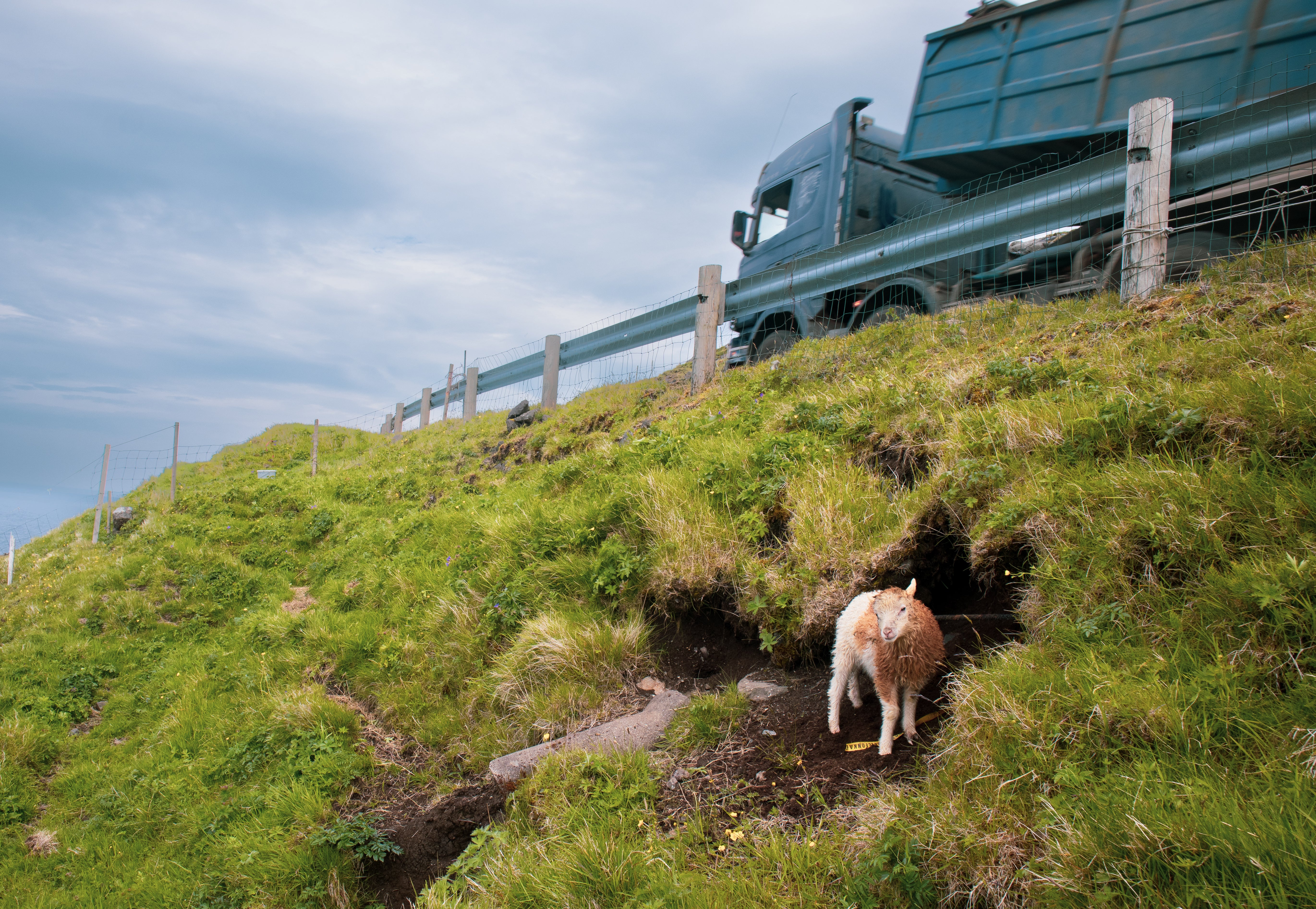
Just a short drive from Boeur lies one of the Faroes’ most photographed landmarks: Mulafossur waterfall. It takes barely 20 minutes to reach from the airport, yet standing there feels like discovering a hidden gem.
There are no crowds jostling for the perfect selfie, no TikTok stars hoping for their next viral video, no souvenir stalls selling magnets. Your only real concerns here are running out of camera memory and stepping in sheep droppings.
On one journey, our taxi driver Magnus, a cheery local from Torshavn, summed it up. “You still know everyone here,” he told us with a shrug. “You go into town, see a familiar face, chat, then walk thirty seconds and meet another.
“We are nowhere near overrun. We welcome visitors – it keeps me busy, but not too busy. I’m happy.”

Yet despite Magnus’s confidence, the islands are not blind to the risk of too many visitors. Back in 2019, the government launched its “Closed for Maintenance” scheme, shutting down the most popular sites each April to everyone except “voluntourists” who help to repair footpaths and protect fragile landscapes.
How long this delicate balance holds – on just 540 square miles of wild Atlantic land – remains to be seen.
For our five days, we based ourselves in the capital, Torshavn, joining its population of just 14,000.
Life here is deeply traditional, rooted in fishing, farming, and, more controversially, seasonal whale and dolphin hunts. But modernity trickles in. In a cosy Torshavn cafe, we met Alex, a cheery Brit who moved here to play professional handball.
“I absolutely love it,” he told us as he set down our open sandwiches. “You see the same faces every day, but that’s not a bad thing when everyone’s so friendly.”
And handball life? “Honestly, it’s like Love Island,” he laughed. “Everyone knows each other’s gossip. It’s a very small world.” For his team, the longest away day is a 45-minute drive.
Beyond its natural beauty and the national love for handball, the Faroe Islands hold a political identity as distinctive as its landscapes. Since 1948, it has operated as an autonomous territory within the Danish kingdom. It has its own parliament – the Loegting – and its own language.
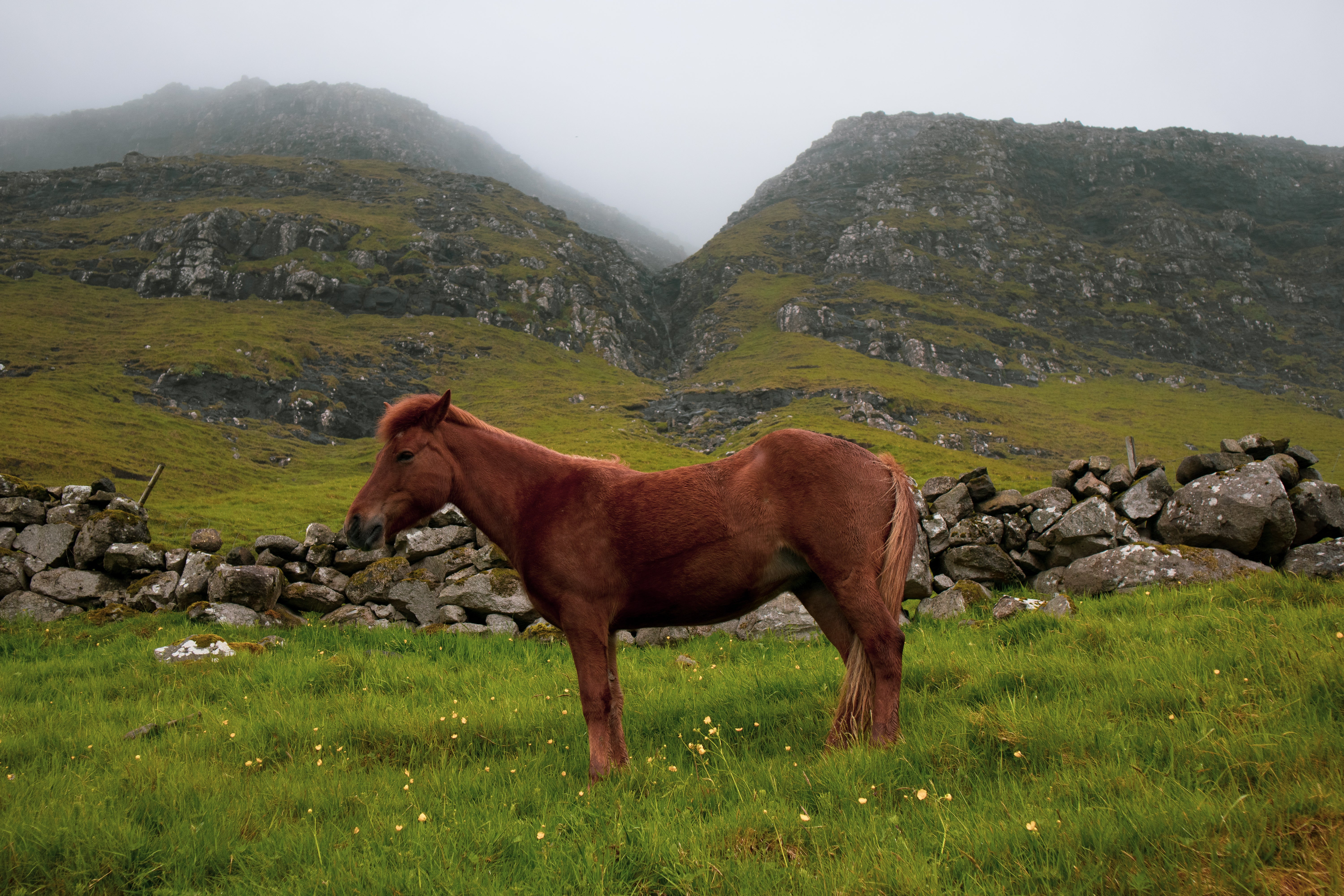
Talk of full independence has surfaced over the years, especially as Greenland – another Danish territory – has drawn international attention under the shadow of Donald Trump. But here, such ambitions seem muted.
“We’re happy,” one local shrugged when asked about the prospect of breaking away completely. “Why would we want to change all of this?”
For now, the Faroe Islands remain a diamond of a getaway: the perfect find for anyone looking for a few days off the beaten path.
Rich’s itinerary for a five-day visit to the Faroe Islands
Day one
Arrive at Vagar airport. Before heading to Torshavn, drive to the scenic village of Gasadalur, home to the iconic Mulafossur waterfall. Make a brief stop at Boeur before heading to your hotel.
After checking in, explore the old town of Torshavn, including the old parliament over the harbour. The city has shops where you can buy local handmade clothing. The wool design store, Gudrun & Gudrun, has gained world-renowned status in recent years, and its clothing has been featured on catwalks across the globe.
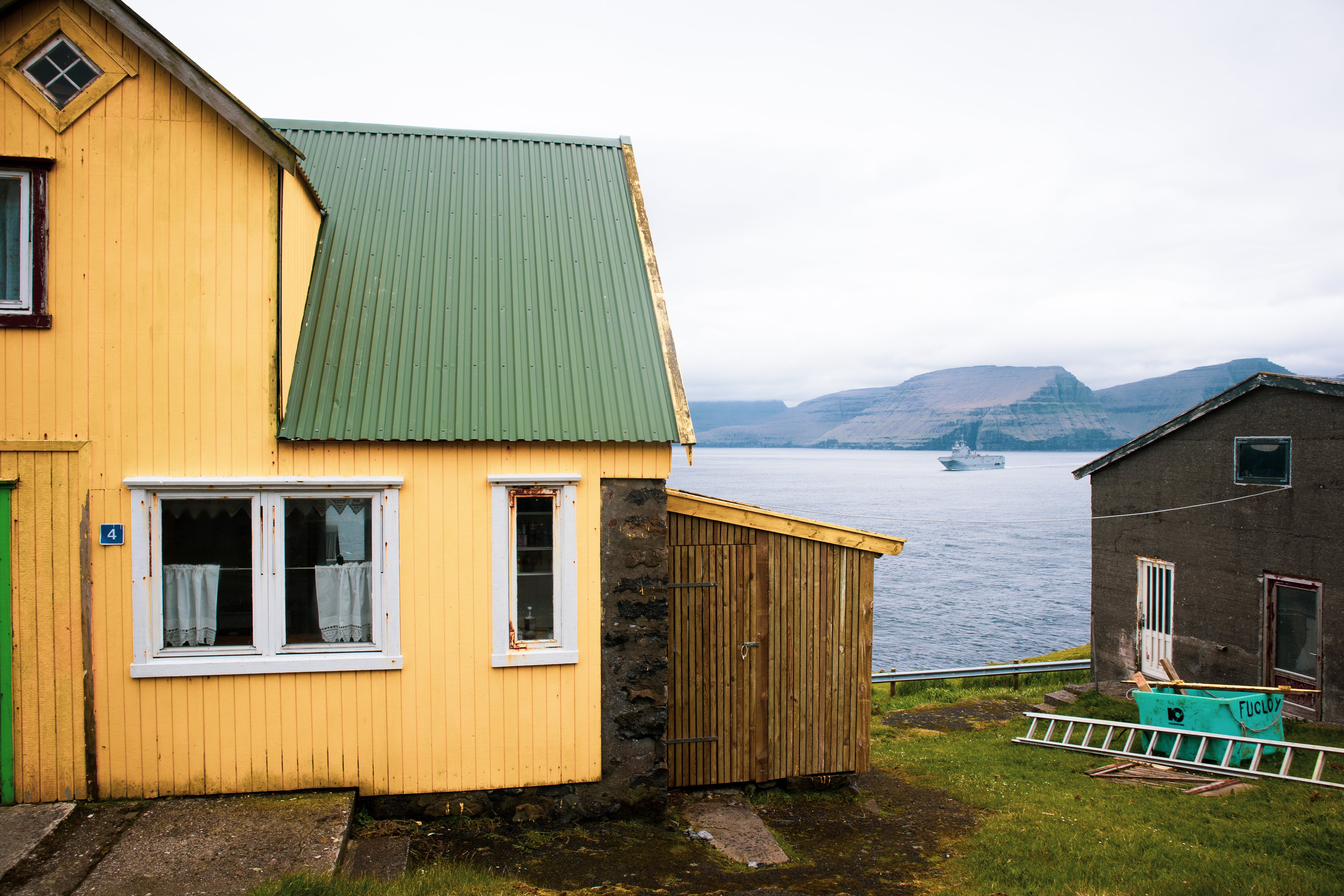
Day two
An early start saw us drive from Torshavn to Hvannasund in the north. From here, we took a ferry out to the tiny island of Fugloy, where we met several of its 30 residents.
On the island we had lunch at cafe Kalalon. Calling ahead is recommended. We then took the ferry back to Hvannasund in the afternoon.
Read more: Off the grid in Norway – and more connected than ever
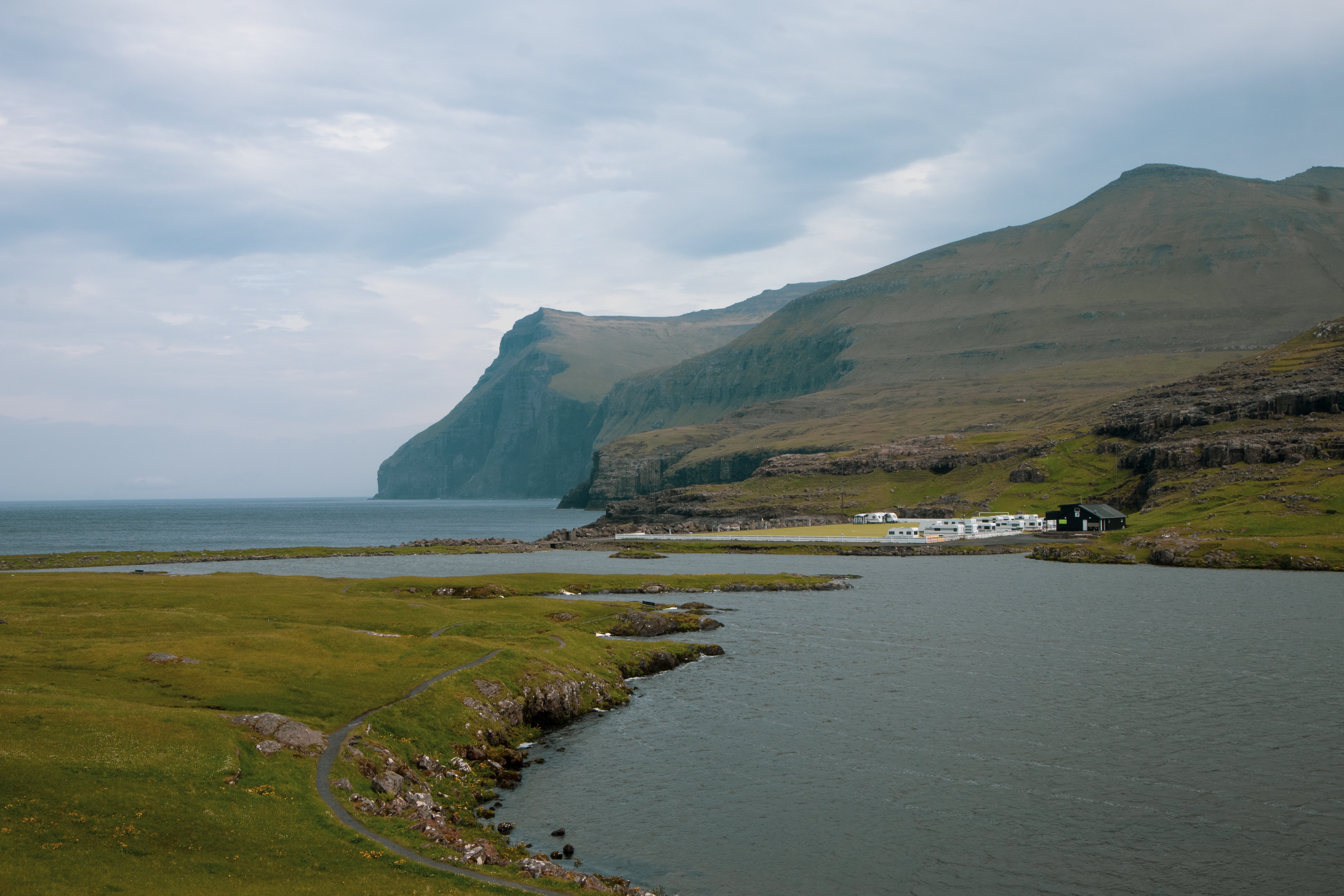
On the drive back, we stopped at several different villages, and in the evening we visited the local Oy brewery for beers and street food.
Day three
We drove to Funningur and then on to Gjogv for a stroll in the village, before moving on to Eidi to see the much-Instagrammed football pitch (now a campsite).
That evening we booked a supper club – a way to eat with the locals and quiz them on what it’s really like to live the true Faroe life. We were hosted by Oli & Anna at their home in Velbastad.
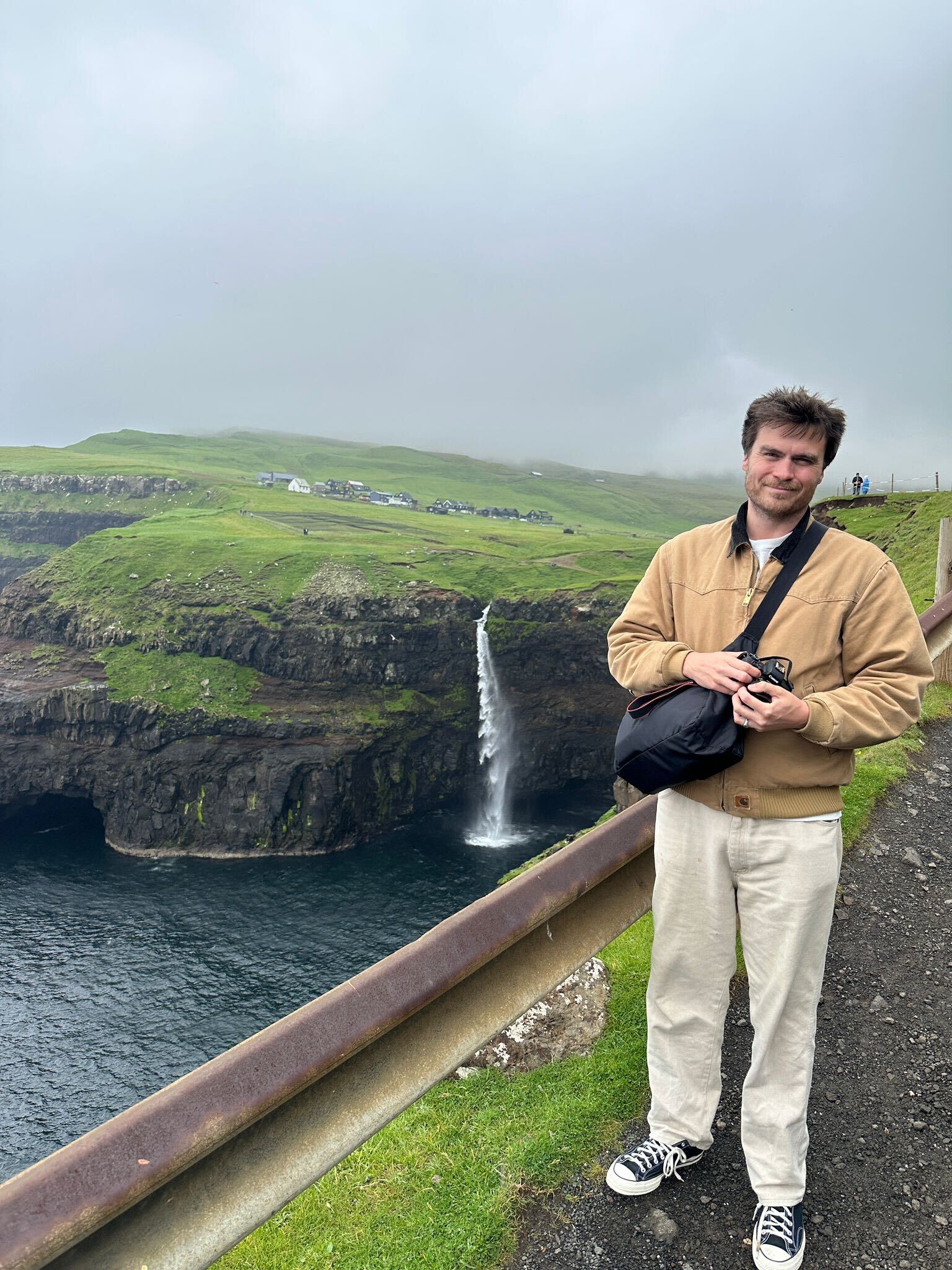
We spent the day exploring the region by car before visiting a floating sauna in the nearby village of Runavik.
In the evening, we visited the Faroe Islands National Museum on the outskirts of Torshavn.
Day five
We went shopping in Torshavn before taking a deliberately long drive to the airport for more photo opportunities.
How to do it
Rich flew to the Faroe Islands on Atlantic Airways. London Gatwick to Vagar runs twice weekly until 31 August, with prices starting from £120 one way. Visit Atlantic.fo for further information.
Where to stay
We were guests of the Hilton Garden Inn Faroe Islands. The hotel is located five minutes from Torshavn’s historic old centre, the port, and the Faroe Islands National Museum. Prices start at £97 a night including breakfast.
Rich was a guest of Visit Faroe Islands




